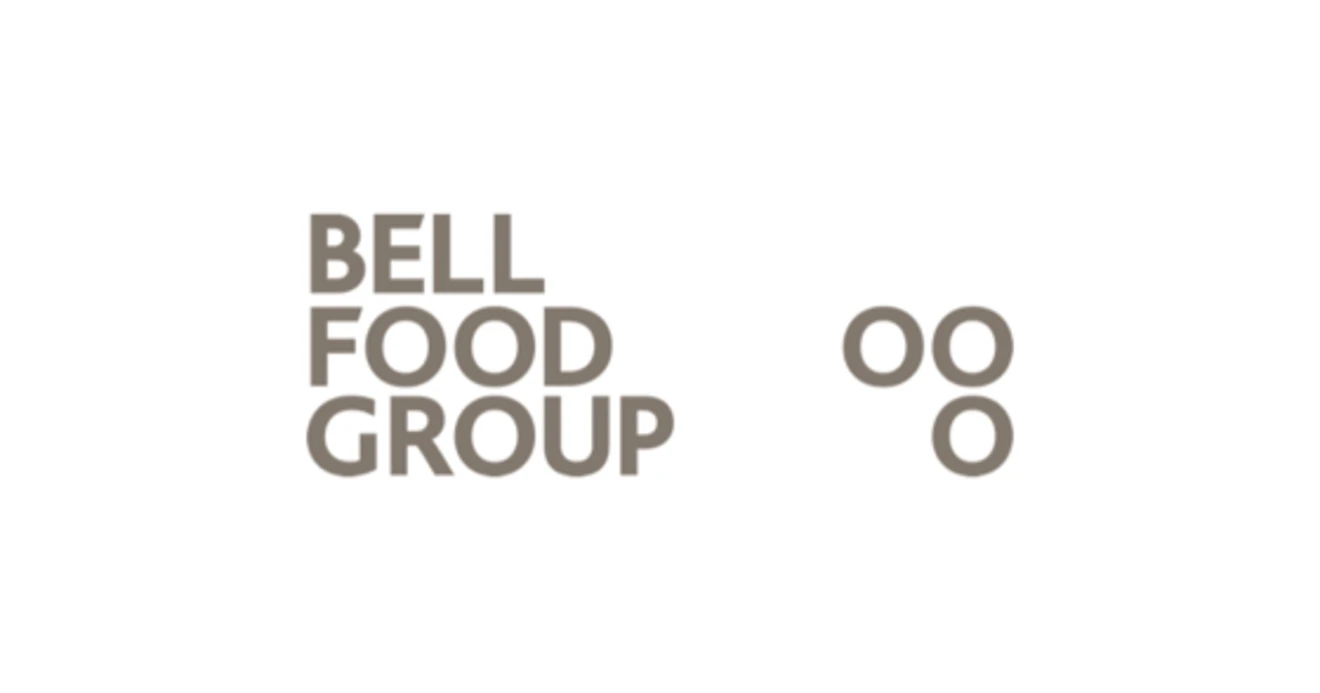Bell Food Group AG
Key Information
HQ:
Switzerland
Market Cap:
$1.93bn
Primary Market:
Europe
Business Type:
Protein Producer
Company Information
Company Summary
Bell Food group consists of four companies: Bell, Eisberg, Hilcona and Hügli. Its products range includes meat, poultry, charcuterie, seafood and ultra-fresh, fresh and non-perishable convenience products such as salads, sandwiches, ready-made meals, pasta, sauces and spices. It's business area consists of Bell Switzerland, Bell Germany and Bell International divisions, and the Convenience business area with Eisberg, Hilcona and Hügli divisions.
Revenue
Total revenue:
$4.5bn
Revenue by Geography
Revenue by Protein
Revenue by Product Type
Disclosures
CDP ScoresLast Reviewed: 16/10/2024
| CDP Climate | CDP Forests | CDP Water |
|---|---|---|
| Yes | Yes | Yes |
Science Based Target initiativeLast Reviewed: 16/10/2024
| Target classification | Status | Date |
|---|---|---|
| Has not set SBT | - | - |

